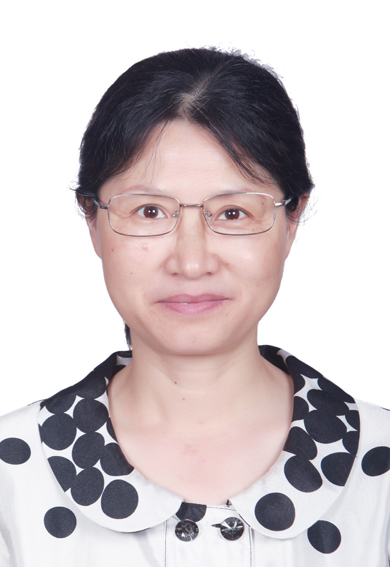Education
1992-1995 doctor student Wuhan University Collge of Life Sciences
1995-1997 Postdoctor Beijing Medical University School of Pharmaceutical Sciences
Professional Experience
1997-2001 Lecturer Peking University
2001-now Aassociate Professor Peking University
2002-2003 Research Fellow Memorial Sloan-Kettering Cancer Center(USA)
2003-2004 Research Associate Albert Einstein College of Medicine(USA)
2006-2008 visiting investigator Memorial Sloan-Kettering Cancer Center
Research Interests
The cell-free system nuclear reconstitution is an in vitro system to carry on research on nuclear assembly. It has provided the possibility this is for studying the cell nuclear reconstitution process and the function of cell nucleus various components in nuclear reconstitution. Through the component changes in cell-free system nuclear reassembly we may precisely study the process of cell nuclear reconstitution and function of various components in the nuclear reconstitution. Then may conduct the precise research to the cell division mechanism and the regulation mechanism of cell cycle.
We have carried on the following research:
(1) The cell-free extracts from Nicotiana ovules induced the nuclear reassembly of demembranated Xenopus laevis sperm. The Nicotiana ovule extracts was a new experimental model for cell-free system nuclear reconstitution research.
(2) The extracts from animal Xenopus laevis egg induced the nuclear reconstitution of demembranated Orychophragmus violaceus sperm. The animal membrane ovules gathered in around the plant decondensed chromatin where double layer nuclear envelope gradually formed from fusing of membrane vesicles. The formation of nuclear skeleton structure in the reconstitution nucleus was observed by means of electron microscope technology of cell grade extract.
Representative Peer-Reviewed Publications
1. Comenzo RL, Jhanwar SC, Nimer SD, Zhou P, Boruchov A, Lu P, Bonvini E, Hassoun H.(2009) CD32B Expression Reflects Intraclonal Functional Heterogeity in Multiple Myeloma. Clinical Lymphoma & Myeloma 9 (Suppl.1): 141
2. Cohen AD, Lu P, Gnjatic S, Hoffman J, Ritter E, Zhou P, et al.(2009) Prognostic significance of cancer-testis antigen expression and immunity in newly-diagnosed multiple myeloma. Lymphoma and Myeloma An International Congress on Hematologic Malignancies, New York, NY.
3. Zhou P, Teruya-Feldstein J, Lu P, Fleisher M, Olshen A and Comenzo RL.(2008) Calreticulin expression in the clonal plasma cells of patients with systemic light-chain (AL-) Amyloidosis is associated with response to high-dose melphalan. Blood 111: 549-557
4. Comenzo RL, Maurer M, Cohen A, Hassoun H, Zhou P, Lu P, Fleisher M, Lebovic D, Feldstein J, Steingart R and Nimer S D.(2007) Predictors of survival in de novo cardiac amyloidosis. Blood 110: 844A Meeting Abstract: 2870--49th Annual Meeting of the American Society of Hematology - DEC 08-11, 2007 Atlanta, GA - Part 1
5. Lu P, Zheng H and Zhai ZH.(2006) In vitro reassembly of nuclear envelopes and organelles in Xenopus egg extracts. Cell Research 16: 632-640
6. Yang N, Chen ZC, Lu P, Zhang CM, Zhai ZH and Tang XW.(2003) The microtubule aster formation and its role in nuclear envelope assembly around the sperm chromatin in Xenopus egg extracts. Chinese Science Bulletin 48(18): 1912-1918
7. Lu P and Zhai ZH.(2001) Nuclear Assembly of Demembranated Xenopus Sperm in Plant Cell-free Extracts from Nicotiana Ovules. Exp Cell Res 270(1): 96-101
8. Lu P, Ren M and Zhai ZH.(2001) Nuclear reconstitution of plant demembranated sperm in cell-free extracts from frog eggs. J Struct Biol 136: 89-95
Teaching
Experiments of Cell Biology Peking University Spring Semester 1997-2001
Animal Cell Culture Peking University Fall Semester 1997-2001,2005
Assist Academician Xiaowei Tang for training of Doctor Students:
Ning Yang & Zhongcai Chen (1999-2002)
Undergraduate research training:
Min Ren (2000)
Mo Li & Jinsong Hu (2001)
Yue Lu & Zaoying Chen (2002)
Laboratory Introduction
